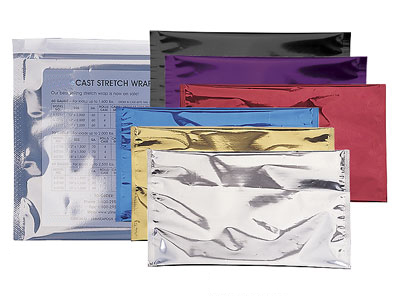The annual inundation of Christmas carols sets my mind a-spinning. As you know, songwriting mistakes bother me greatly, way more than they should. Trying to keep this positive, I’ll start by saying a few things about a show tune that’s two, two, two carols in one.
Long before the success of The Music Man, its creator, Meredith Willson, was a famous man of music. He conducted an orchestra on the radio back in the days in which that sort of thing conferred fame. His best-known creation as songwriter was the delightfully blithe It’s Beginning To Look a Lot Like Christmas. It is only appropriate to play this song early in the season, so, if you’re hearing it now, it’s overripe.
A dozen years after its release, Willson was writing his third Broadway musical, Here’s Love, based on Miracle on 34th Street. With Santa Claus as a character, there was a definite need for a Yuletide carol, and here Willson did a clever thing. The song composed for Here’s Love, Pine Cones and Holly Berries is heard. Then, it’s repeated in counterpoint with an existing holiday song we all know. And that song is the old Willson standard, It’s Beginning To Look a Lot Like Christmas.
In those days, it was exceedingly rare for an already-written well-known tune to appear in a new musical.
HOW I WISH THIS WERE THE CASE TODAY!
Sorry to shout. When the 1963 audience heard It’s Beginning To Look a Lot Like Christmas in the surprising position of the second half of a quodlibet, it was like meeting an old friend. The characters in Here’s Love seemed to be singing a traditional carol. Now, today, as you listen to Christmas music – often against your will – you hear a mixture of songs composed in the last century and “classics” by Handel, Mendelssohn and the like. Few make the distinction. Willson, by using his composed carol as if it’s a classic, solidified the song’s acceptance as part of the canon. Strikes me as a clever self-promotion.
In a quodlibet, we hear one song, then another song, and we think the second song is unrelated. Then – surprise – both songs are sung at the same time, and fit together nicely. Willson performs this trick in The Music Man with two pairs: Lida Rose plays against Will I Ever Tell You and Pick a Little Talk a Little is countered by Goodnight Ladies. But wait: Willson didn’t write Goodnight Ladies. It was a traditional song from long ago, familiar to the audience. Rather like how It’s Beginning To Look a Lot Like Christmas hits our ears.
This quodlibet trick is one I’ve turned countless times in my musicals. It seems to be the weapon in my arsenal I use more than any other. In fact, one of the things I’m doing over Christmas vacation is creating an opening number with different groups singing in counterpoint, somewhat like the four family contingents in Tradition from Fiddler on the Roof. I’ve been asked to write this by collaborators who are aware of my bag of tricks.
It seems like I’ve used the word “tricks” way too often and I’m getting tired of typing it. If I may be so bold, I’d like to present to you this bit of advice as a Christmas gift, dear reader. Know your devices. Composers and lyricists alike need to be aware of the various ways songs can be structured. Tricks are there to be used, and it’s good to understand the reasons one might employ them.
A nice fellow I work with surprised us by announcing he was moving on to a new job in a different city. His last day would coincide with a little performance by a class I teach. We were preparing to sing The Rainbow Connection, and I’d done a little choral arrangement of it. Now, with very little notice, we needed to whip up some sort of a send-off to our friend. There was very little time to rehearse, no time to introduce something completely new, and the ability of this particular class to apprehend the unfamiliar in a short period of time was a legitimate concern. So, I thought of a trick.
The altos in the class had already learned a harmony line to The Rainbow Connection. The rest of the class had listened as I taught this line to them. In fact, when accompanying the song, I’d always brought out the alto line, as everyone else was on melody at that point. So, I took that alto part, wrote new lyrics to it, completely reharmonized it (in the piano) and wrote a Christmas-y minor key introduction.
Now, our little last-day concert would seem to be over once we got to The Rainbow Connection. But then, it was announced we had a surprise parting gift. I launched into that unfamiliar intro. The whole group sang the alto part with the new words, and the audience was unaware that what they were hearing had any connection to The Rainbow Connection. In the final few bars, I revealed the trick, by ending the way the Kermit classic does. You ever see a grown man cry?
Rehearsing this little surprise involved stealing time from other numbers, and making sure the man of the hour was unaware. So, we were very careful about scheduling our time to go over it. But there was a significant wrench thrown into that plan. Nobody had told the students their pal was moving on. So, during the prescribed time, everyone started crying. Not over what I’d written but over the news we’d no longer have this good guy in our lives on a regular basis. They struggled to learn my little composition while they struggled with the blow to their hearts. Nobody had warned me that the singers didn’t know the news. I’d run into an emotional buzzsaw.



 Posted by Noel Katz
Posted by Noel Katz 


